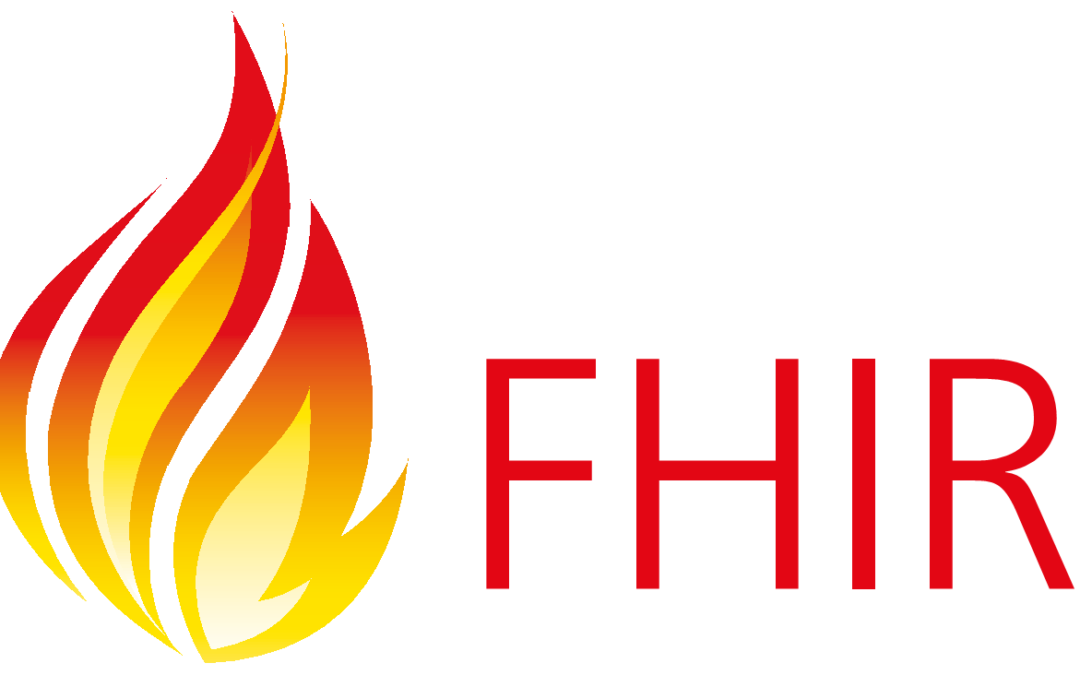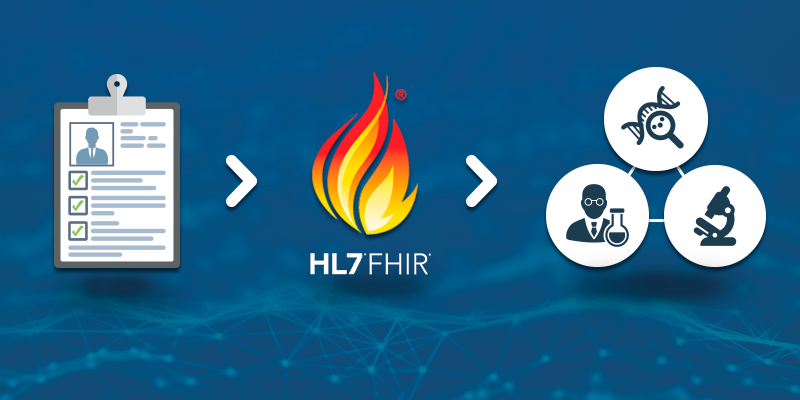What is FHIR?
 Mojtaba Maleki
Mojtaba Maleki
Understanding FHIR: The Future of Healthcare Interoperability
In recent years, the healthcare industry has been making significant progress in modernizing how patient data is shared and utilized across different systems. One of the key enablers of this change is FHIR, or Fast Healthcare Interoperability Resources. FHIR is essentially a standard that makes it easier for various healthcare systems to communicate with each other, all while maintaining a focus on simplicity, flexibility, and scalability.
If you've been working in healthcare IT or even just exploring how tech and healthcare intersect, you've probably heard of FHIR. But what exactly is it, and why should you care? Let’s break it down.
What is FHIR?
At its core, FHIR is a standard for exchanging healthcare information electronically. Developed by HL7, FHIR is designed to address the challenges that previous standards faced. It's built on modern web technologies like RESTful APIs, which makes it more familiar and easier to implement for developers like us. You don’t need to be a healthcare expert to work with FHIR, you just need to know how to handle structured data.

Unlike older, more complex standards, FHIR uses a modular approach. Data is represented as "resources," which are small, discrete pieces of information. For example, a resource could represent a patient, a medication, or even an observation like blood pressure readings. Each of these resources can be exchanged between systems as needed.
Why FHIR is a Game-Changer
Here’s the thing: healthcare data is notorious for being fragmented. If you've ever had to transfer medical records from one provider to another, you know how frustrating and time-consuming it can be. FHIR is designed to solve that exact problem by standardizing how data is structured and shared.
Interoperability: FHIR makes it easier for systems to talk to each other. You can think of it as a common language that healthcare applications can understand, regardless of the vendor or platform.
Flexibility: One of the things I love about FHIR is its modularity. You don't have to implement the entire standard all at once. You can start small with just the resources you need and expand as your system grows.
Developer-Friendly: For those of us working with healthcare apps, FHIR is a breath of fresh air. It leverages web standards like JSON, XML, and RESTful APIs. If you've worked on modern web apps, picking up FHIR feels natural.
Real-World Applications
The real power of FHIR comes from its potential to transform how healthcare providers, patients, and developers interact with medical data. Here are some of the key use cases:
Patient Data Portability: Patients can move their medical records easily between healthcare providers. This is especially useful in emergencies or when switching doctors.
Mobile Health Applications: FHIR is perfect for building mobile apps that need to integrate with hospital systems or other healthcare platforms. Imagine an app that syncs with your doctor’s system to track your vitals in real-time!
EHR Systems: Electronic Health Records (EHR) systems are notoriously difficult to integrate with, but FHIR makes it easier to build apps that plug into these systems and access data like patient history, lab results, and treatment plans.
Challenges and Limitations
Of course, no technology is perfect. While FHIR brings a lot of benefits, there are still some challenges that we, as developers, need to be aware of.
Adoption: Not all healthcare providers have fully embraced FHIR yet. While it's becoming more popular, there’s still some resistance, especially in organizations that have invested heavily in older systems.
Security: Healthcare data is highly sensitive, and while FHIR supports modern security protocols like OAuth 2.0 and OpenID Connect, securing these APIs is crucial. Data breaches in healthcare can be catastrophic.
Complexity of Healthcare Data: Healthcare data is inherently complex, and while FHIR simplifies things, you’ll still need a solid understanding of the healthcare domain to implement it effectively.
The Future of FHIR
The future of healthcare interoperability is bright, and FHIR is a big part of that. As more healthcare providers adopt FHIR, we’ll see smoother data exchanges, more patient-centric apps, and an overall better experience for everyone involved in healthcare.
For developers like us, this is a space worth paying attention to. Whether you're building healthcare apps, working with EHR systems, or just exploring new areas of tech, FHIR offers an exciting opportunity to make a real impact.
If you haven’t already, I recommend diving into the FHIR documentation. It’s well-organized and designed with developers in mind. Plus, with the growing community around FHIR, there are plenty of resources to help you get started.
That's it for now. Let me know your thoughts or if you've got any questions about FHIR, I'm always up for discussing cool new tech!
Subscribe to my newsletter
Read articles from Mojtaba Maleki directly inside your inbox. Subscribe to the newsletter, and don't miss out.
Written by

Mojtaba Maleki
Mojtaba Maleki
Hi everyone! I'm Mojtaba Maleki, an AI Researcher and Software Engineer at The IT Solutions Hungary. Born on February 11, 2002, I hold a BSc in Computer Science from the University of Debrecen. I'm passionate about creating smart, efficient systems, especially in the fields of Machine Learning, Natural Language Processing, and Full-Stack Development. Over the years, I've worked on diverse projects, from intelligent document processing to LLM-based assistants and scalable cloud applications. I've also authored four books on Computer Science, earned industry-recognized certifications from Google, Meta, and IBM, and contributed to research projects focused on medical imaging and AI-driven automation. Outside of work, I enjoy learning new things, mentoring peers, and yes, I'm still a great cook. So whether you need help debugging a model or seasoning a stew, I’ve got you covered!